
How To Hire The Right Contractor For Waterproofing?
March 25, 2022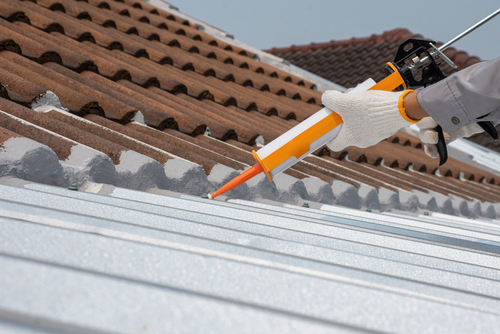
How Often Should You Seal Your Roof?
May 18, 2022Types Of Waterproofing For Roof
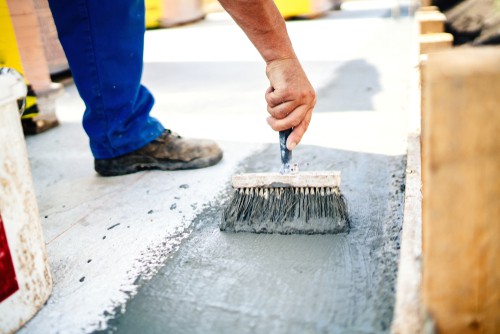
Types Of Waterproofing For Roof – Waterproofing roofs can be a severe challenge for homeowners and business owners. Extreme weather can cause damage to the top that is expensive to repair. Many people don’t know how to waterproof a roof or which type of waterproofing they should try first.
Choosing the wrong kind of waterproofing can cause more roof leaks instead of a solution to stopping them. In this article, we will discuss types of waterproofing for roofs.
Liquid Waterproofing Membrane
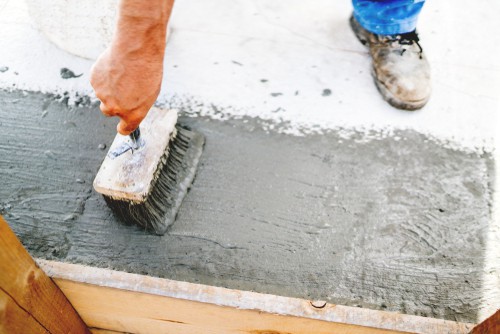
Liquid waterproofing membrane systems provide added protection against problems that can stem from traditional roofing materials and other types of waterproofing. These include issues like cracking, blistering, peeling, and more. Additionally, liquid roof coatings tend to be much more durable than other waterproofing types.
They are also easier to use, making them less expensive to install in the long run. Liquid waterproofing is one of the most popular options for commercial buildings. Because it offers protection from water damage without requiring extensive installation efforts.
Heat-Applied Membranes
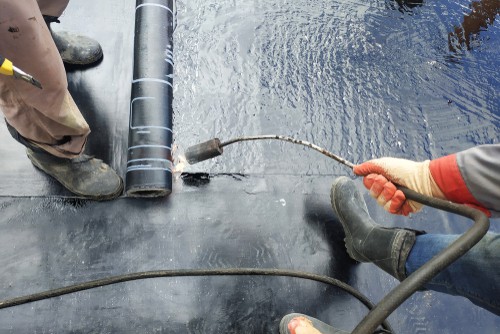
Heat-applied membranes are one of the most popular roof waterproofing types and for good reason. This approach is one of the best ways to ensure your roof stays dry for years to come. It also has several additional benefits. Not only does heat-applied membrane waterproofing help prevent water from entering your roof, but it also acts as an insulator to keep heat from escaping from your building.
This can cut energy costs considerably, especially if you live in a cold area. And because this type of waterproofing is highly durable, you won’t have to replace it almost every year like many other types.
Self-Adhesive Membranes
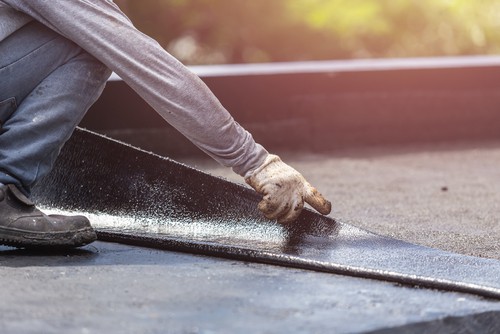
This is among the most popular roof waterproofing types. They’re made from rubberized asphalt covered with a protective layer of plastic to ensure longevity and protection. Self-adhesive membranes are applied directly to the roof. The membrane is laid on the existing roof, painted with a primer adhesive, and left to dry.
After it’s dried, another coat of sealant is applied over it. And the membrane is attached to the roof in small sections by hand. It’s essential to keep adding more adhesive. So the membrane doesn’t come loose over time due to a lack of adhesion between the two surfaces.
Polyurethane Liquid Membrane
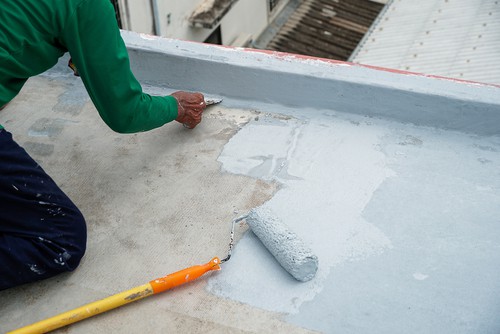
Polyurethane liquid membranes are the most common type of liquid waterproofing. They are an easy and cost-effective way to waterproof your roof. But like all types of liquid membranes, they require professional installation to be successful.
After this membrane dries and hardens on your roof, it forms a seamless layer of protection against leaks, weather, and other wear that can cause damage to your roof. This membrane type also protects against UV rays that fade or damage the roof materials. UV protection is essential for roofs in sunny places or climates.
If you’re looking for a waterproofing solution that’s straightforward and effective, a polyurethane liquid membrane might be the right choice.
Bituminous Sheet Membranes
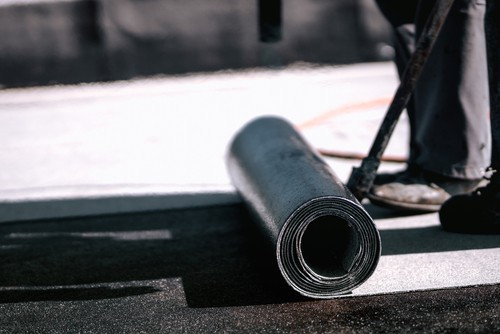
Bituminous Sheet Membranes are roof waterproofing types made of a thick, felt-like material covered in bitumen and topped with gravel or mineral granules. They are available in many different grades.
Bituminous sheet membranes can be particularly useful when the roof withstands heavy foot traffic. They are typically glass, or polyester felts coated with various asphalt and coal tar or bitumen combinations.
The roof should consistently be reinforced with a layer of insulation, which will reduce thermal shock from temperature variances and deaden sound. Because there are no seams with this type of membrane, it is highly resistant to water leakage, even during heavy rainstorms.
Reinforced Bituminous Membranes
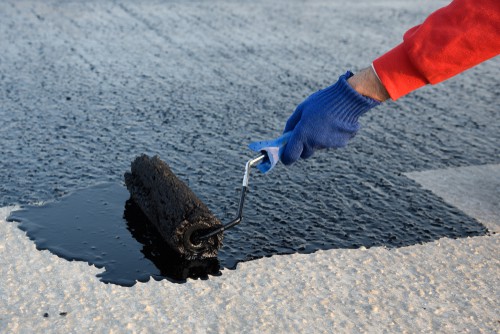
Reinforced bituminous membranes are the most popular type of waterproofing for roofs, and for a good reason, they work. This type of waterproofing is a membrane made of either modified bitumen or asphalt. The membrane is reinforced with fiberglass and polyester, adding strength and flexibility.
It is then covered with fiberglass fabric or polyester matting layers that allow it to expand and contract with temperature changes. In torch down, the process is similar the room is heated up, then sheets of reinforced bitumen membrane are rolled out over the roof. A blowtorch is used to seal the seams between sheets and around protrusions like vents and pipes.
Inverted Roof Systems
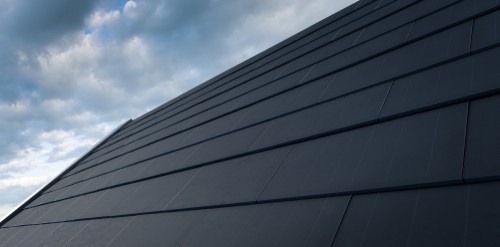
When you’re looking for a roof waterproofing types solution that will provide insulation, an inverted roof system is away. Once installed, it is completely waterproof, and the structure of the system allows for water drainage to occur at the highest points on the roof so that water does not pool on the roof surface. Unlike other types of waterproofing, inverted roof systems provide excellent thermal insulation.
This waterproofing system is most often found in commercial buildings where there is a need for both insulation and waterproofing. Inverted roof systems are highly durable and will last for many years with proper maintenance.
Cementitious Coating
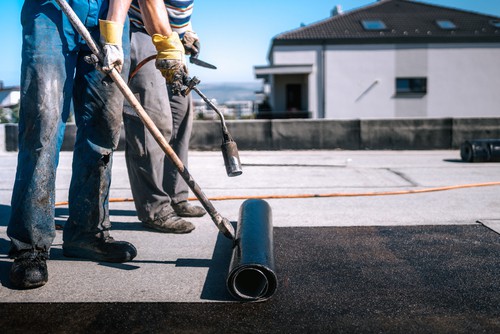
Cementitious coating systems are among the most popular waterproofing materials for roofs, precisely flat roofs on commercial buildings. These systems can be applied in a single coat and work best on concrete or masonry structures. Cementitious coatings are liquid-based waterproofing materials that are troweled onto the surface of a roof before being allowed to dry.
Cementitious coatings require a precise amount of time to dry properly.
Types Of Waterproofing For Roof – Wrapping Up
Just make sure that whatever type of waterproofing material is best for your space and needs, you can trust them to know precisely how to do it right the first time around, so you don’t have any problems down the road.

